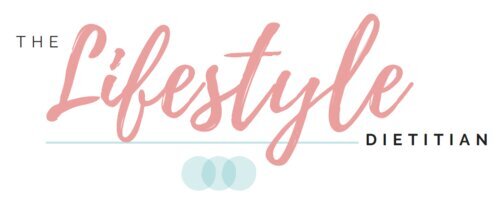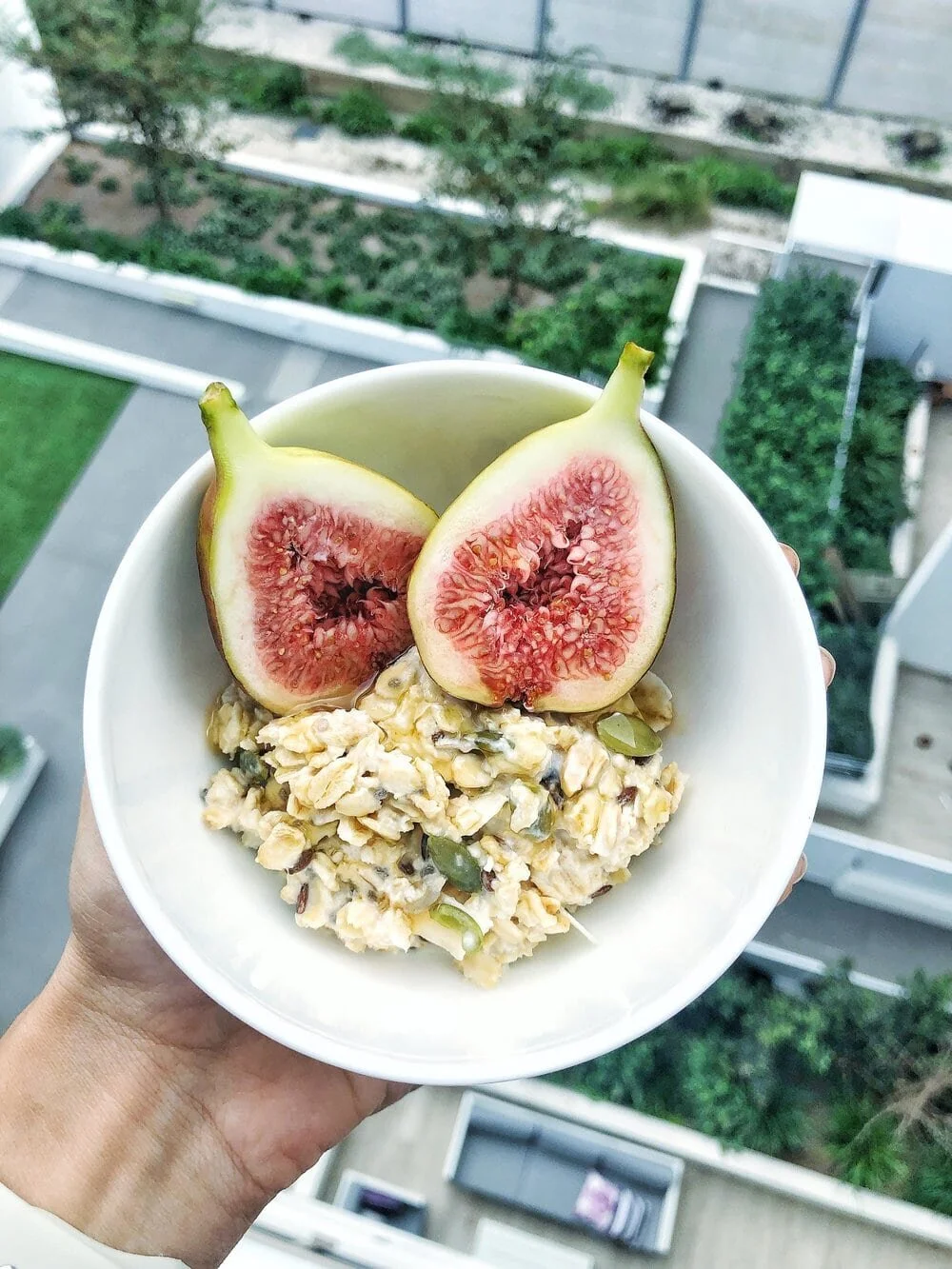A Low-Salt Diet - Is It Worth It?
We are constantly told to use less salt in our cooking and choose low sodium options when eating out, however, have you ever wondered why (or if) salt is that ‘bad’ for you?
It is evident that over the years sodium has gained a lot of negative attention for its role in the onset of some chronic diseases. Our sodium intake has increased substantially over the past decade (and is continuing to increase). Additionally, our rates of chronic diseases, such as cardiovascular disease is also on the rise. Are these increasing rates somehow related?
What is salt?
Salt is made up of sodium and chloride, and can either come from sea water or the sodium chloride mineral called halite (also known as rock salt). Sodium is a naturally occurring mineral that is abundant in our food supply. Sodium is not only used as a seasoning to flavour food, but also as a preservative to stop the growth of bacteria, as a binder and also an important ingredient in the process of making bread.
Sodium is also a vital mineral in the functioning of our bodies. We need small amounts of sodium to conduct nerve impulses (which send signals all over our body), contract and relax our muscles and maintain the balance between minerals and water. It is estimated that we need approximately 500mg of sodium each day to perform these functions. The issue - we are consuming A LOT more than that.
Can a high sodium diet contribute to poor health?
Short answer - Yes!
Sodium intake is a modifiable risk factor (meaning we can control it) in a variety of chronic diseases, specifically heart disease and hypertension. Consuming too much sodium leads to high blood pressure, heart disease and even stroke.
How does it do this? Well, generally your kidneys will excrete excess sodium, however with excessive sodium consumption (in line with the amounts we are consuming as a population), sodium will accumulate and your body will hold onto water to try dilute the excess to maintain a mineral/water balance. You will then have more fluid surrounding your cells and in your bloodstream, making it more difficult for your heart to pump blood around your body and putting pressure on your blood vessels. Over time this extra work and pressure can lead to blood vessel stiffening, high blood pressure (hypertension), heart attack and stroke.
Additionally, excessive intake of sodium can lead to calcium losses from both your blood and bones, which not only contributes to poor bone health, but also increased risk of heart disease.
In Australia, our nutrient reference guides recommend that adults (14+) consume between 460-920mg of sodium per day. The average Australian is consuming approximately 2500mg per day - do you find that surprising? (Food Standards Australia and New Zealand)
Practical tips to lowering sodium intake?
It is evident that as a population, we are overconsuming sodium, so here are some practical tips to help you decrease your sodium consumption.
Where you can, always choose “low salt”, “no added salt” or “low salt/sodium”. This cuts the sodium content by almost half in many common products. Some examples are stock, canned tomatoes, tomato sauce, pasta sauces, canned beans and legumes.
Utilise herbs and spices in cooking.
It is amazing how much flavour you can get from herbs and spices. They stay fresh in the pantry for ages and can be combined for a bigger punch of flavour.
Rinse your canned veggies, beans and legumes well.
Often they are stored in brine to help preserve and make sure they stay fresh for longer.
Buy tinned fish in spring water or olive oil instead of brine.
Seafood is generally saltier than other sources of protein, so this will ensure you are not increasing that sodium content.
Make sure fruit, vegetables and whole grains are the basis of your diet.
A lot of the sodium we eat is found in packaged food, snacks and takeout options.
Check the nutrition label.
When looking at the sodium content, you want to look at the right hand column (per 100g). A product that is less than 400mg/100g is a low sodium product, however it is best to try and get it as low as possible, below 120mg/100g is the optimum.
Looking for personalised nutrition advice? Book an appointment with one of our Accredited Practicing Dietitians.











